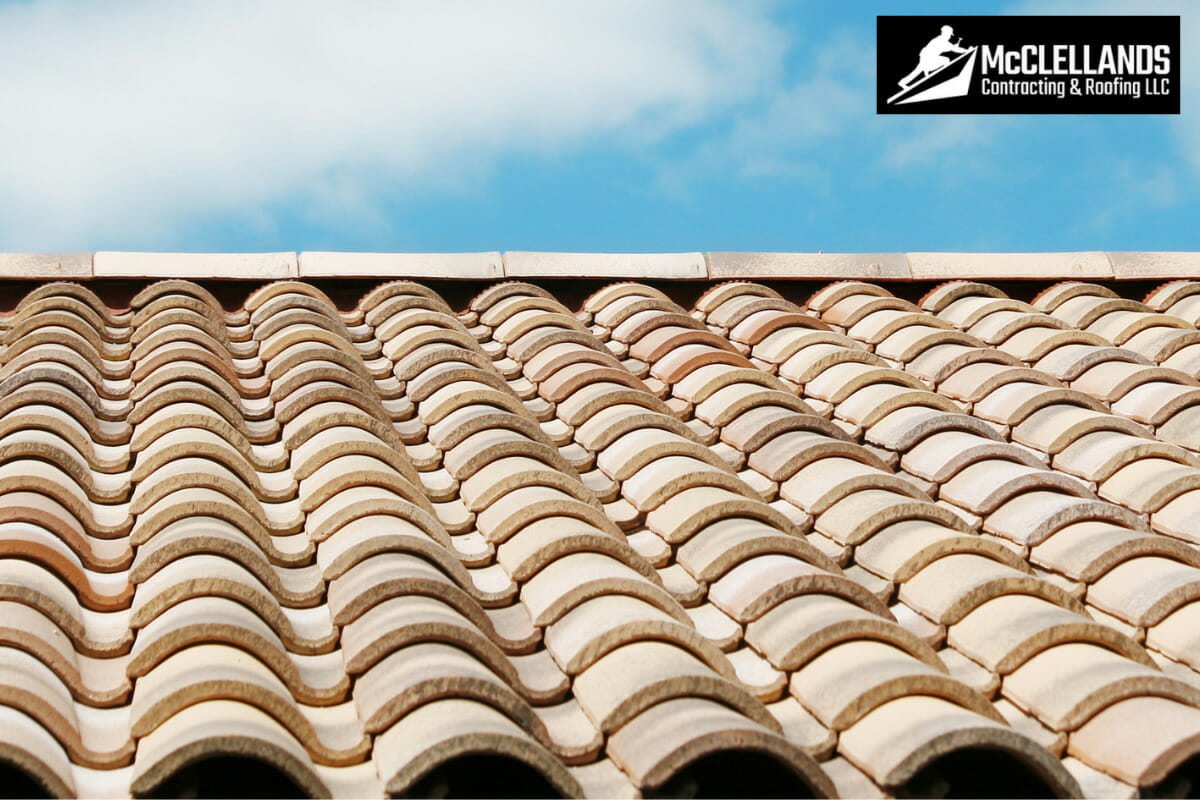Are you considering installing a tile roof on your home and are wondering to yourself how long does a tile roof last? The truth is the lifespan of a tile roof can vary greatly depending on a number of factors, including the type of tile, the quality of the installation, and the climate and weather conditions in your area.
In this blog post, we'll take a closer look at the factors that affect the longevity of tile roofs and provide you with the information you need to make an informed decision about whether a tile roof is a right choice for your home.
Average Lifespan Of A Tile Roof
When it comes to tile roofs, the average lifespan will vary greatly depending on the material the tile is made out of. High-quality tile installed properly and maintained regularly will usually last longer than expected.
Clay Tiles
Clay tiles are known for their longevity and durability, making them a popular choice among homeowners searching for long-lasting roofing material. Due to their natural composition and manufacturing process, clay tiles are made from natural clay that is fired at high temperatures to create a hard, dense tile. This not only gives them excellent resistance to fire, weather, and pests but also makes them a reliable and durable option for roofing.
In fact, clay tile roofs are known to have a lifespan of between 50 and 100 years, significantly outlasting many other types of roofing materials. Furthermore, clay tiles offer a variety of colors and patterns, which enhance the aesthetic appeal of a home.
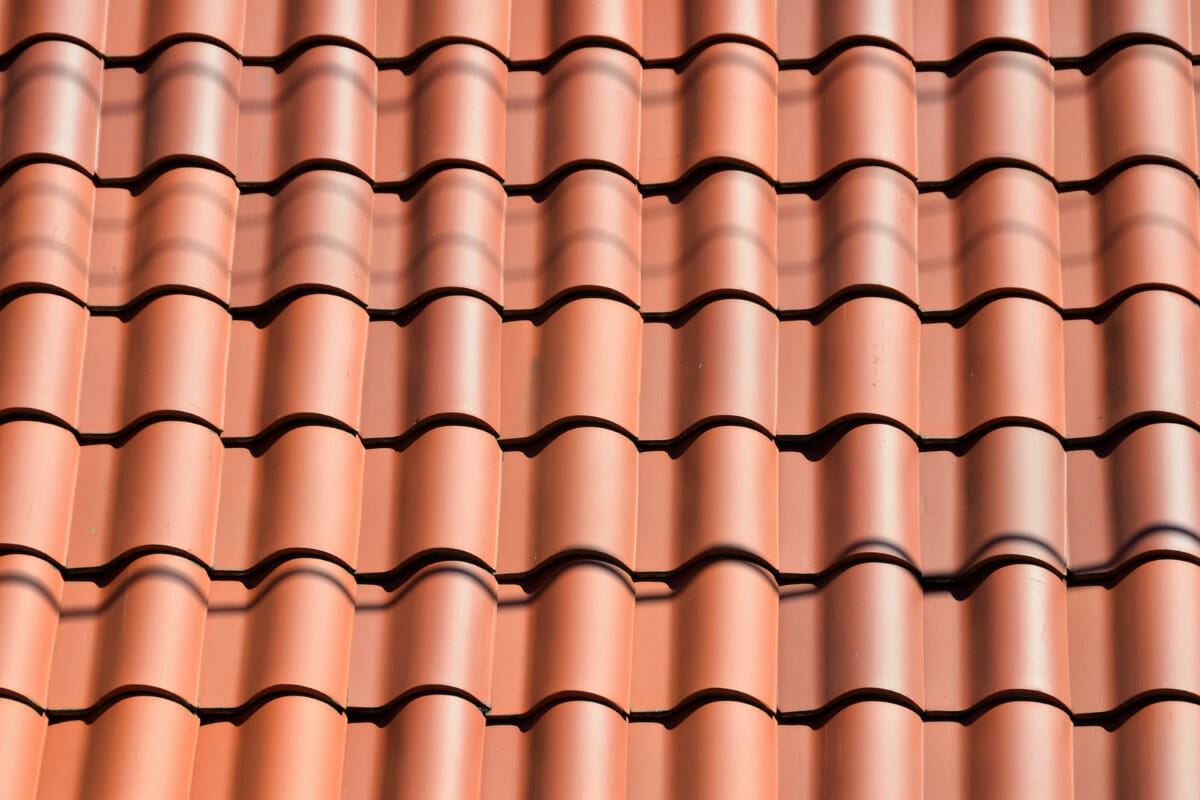
Concrete Tiles
Concrete tile roofs are a popular choice among homeowners for their longevity and durability. Known for their affordability and low maintenance, concrete tiles are made from a mixture of cement, sand, and water, which are formed into shape and then cured. The manufacturing process gives concrete tiles excellent resistance to fire, weather, and pests, making them a reliable and durable option that is similar to clay.
On average, concrete tile roofs have a lifespan of around 30 to 50 years, which is still a considerable amount of time compared to other roofing materials. Additionally, concrete tiles come in a wide variety of colors, styles, and patterns, providing homeowners with a range of options to choose from.
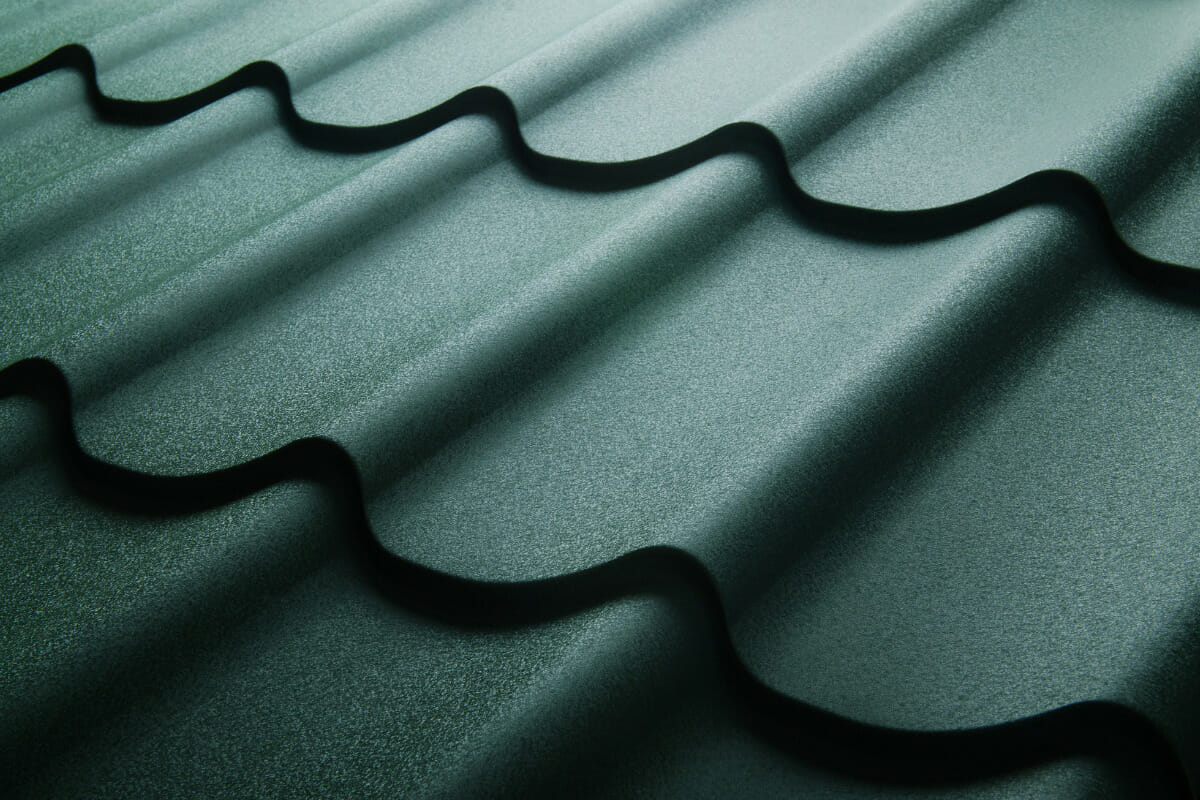
Slate Tiles
Slate tile roofs are popular on the market for their long lifespan, resistance to deformities, and natural beauty. As a result, they are one of the first choices among homeowners looking for a high-end roofing option. Made from natural slate, a metamorphic rock known for its durability and resistance to fire and weather, these types of tiles are crafted to withstand the test of time.
Indeed, slate tile roofs boast a lifespan of around 50 to 150 years, surpassing many other roofing materials, including those within the tile category. Additionally, slate tiles come in a wide variety of colors, sizes, and thicknesses, providing homeowners with a range of options to choose from. Whether it's to add aesthetic appeal or match an existing design, these versatile tiles can cater to a wide range of preferences.
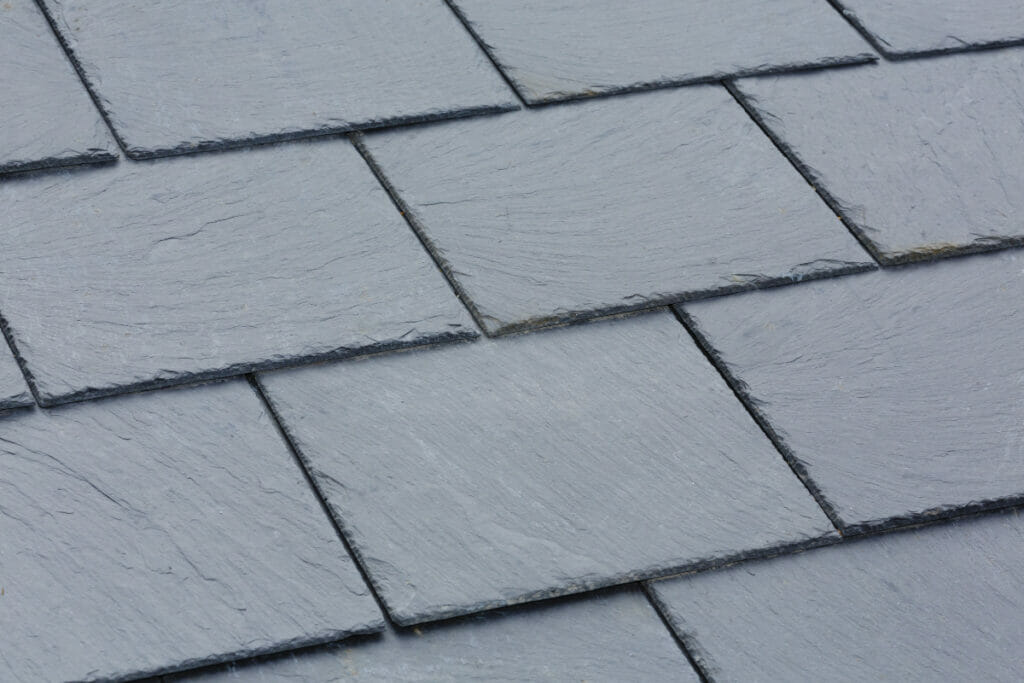
Ceramic Tiles
Ceramic tiles are a popular roofing option due to their high resistance to wear and tear and longevity. They are made by firing a mixture of clay, sand, and water at high temperatures, creating a hard and dense tile.
On average, ceramic tile roofs have a lifespan of around 30 to 50 years, which is longer than many other roofing materials. They also come in various colors, styles, and patterns, adding aesthetic appeal to any home.
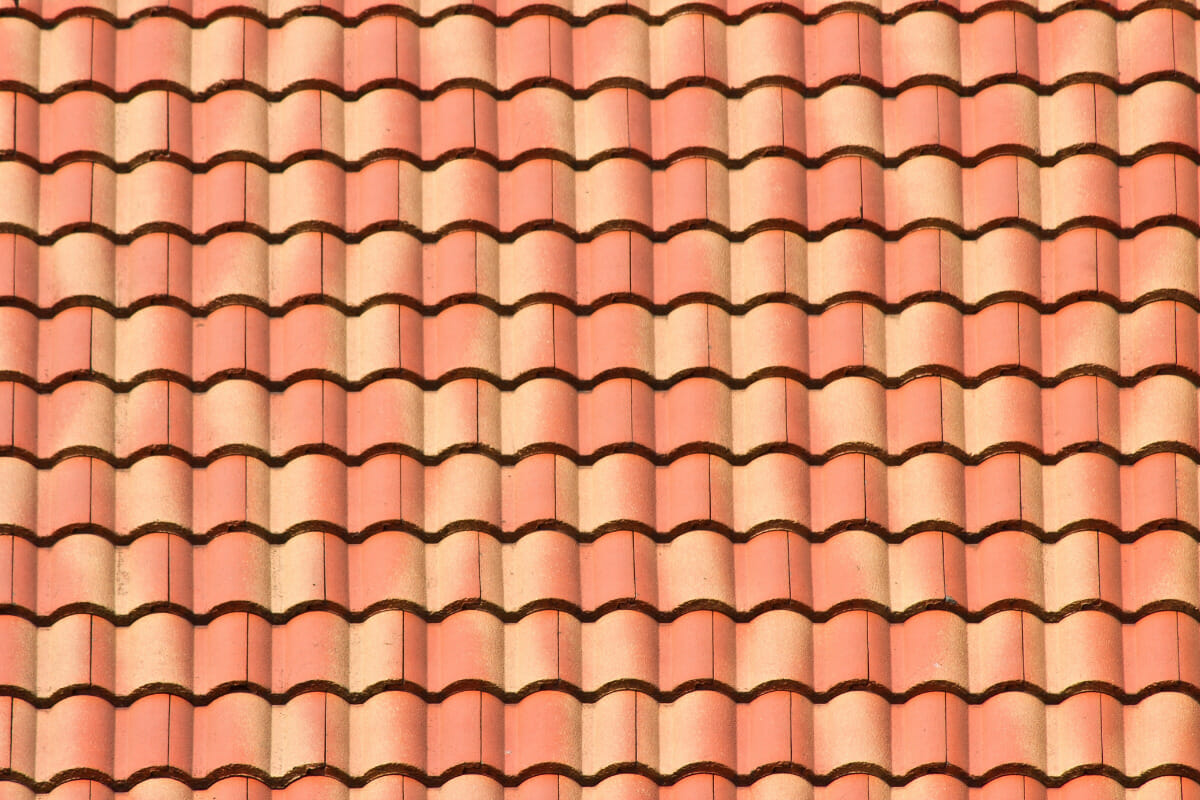
Metal Tiles
Metal tiles are a popular choice among homeowners for their durability and resistance to fire. These tiles are made from various metal materials, such as steel, aluminum, and copper, which are known for their ability to withstand harsh weather conditions such as wind, hail, and heat. Metal tiles have excellent resistance to corrosion and rust, making them a reliable and durable option for roofing.
On average, metal tile roofs have a lifespan of 20-50 years, which is still a considerable amount of time compared to other roofing materials. Additionally, metal tiles come in a wide variety of colors, styles, and patterns, providing homeowners with a range of options to choose from.
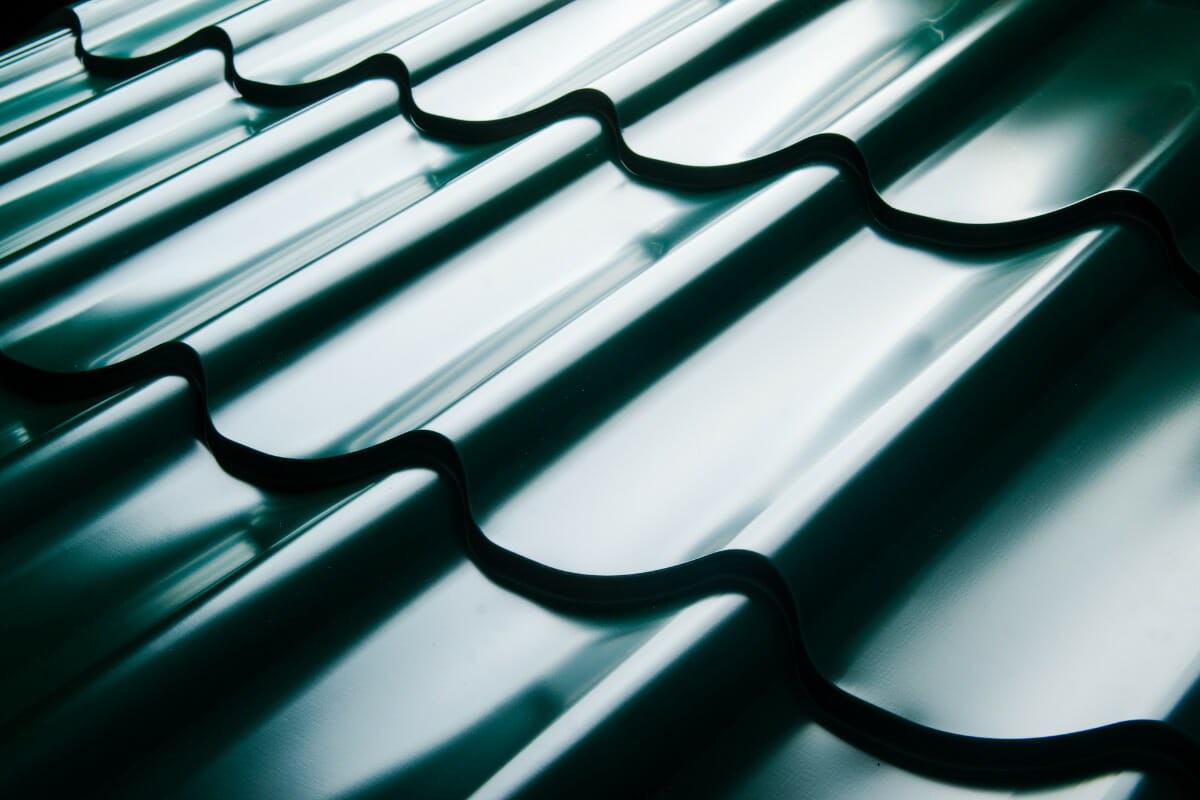
Factors That Affect The Lifespan of A Tile Roof
You also need to consider the following factors below that affect the lifespan of tile roofs before making your decision.
The Quality Of The Materials
The quality of the materials used on a tile roof can significantly affect its lifespan. High-quality tile materials, such as clay and slate, are more resistant to wear and tear, fire, and weather, with a lifespan of up to 100 years or more with proper maintenance. On the other hand, lower-quality tile materials, such as concrete and ceramic, may only last for 30-50 years or less.
Installation Method
The installation method of a tile roof can affect its lifespan. A proper installation ensures that the tiles are securely in place and protected from water damage, which extends the roof's lifespan.
On the other hand, an improper installation, such as using the wrong type of underlayment or not properly securing the tiles, can lead to water infiltration and significantly shorten the roof's lifespan.
Climate And Weather Conditions
The climate and local weather conditions have a significant impact on the lifespan of tile roofs. In areas with hot and dry climates, tile roofs can last for decades as long as proper maintenance is performed. However, in areas with heavy rainfall and high humidity, tile roofs may not last as long due to the increased risk of mold and mildew growth, which can weaken the structural integrity of the tiles.
Additionally, in areas with heavy snowfall, the weight of snow can cause tiles to crack or break. Extreme heat also causes tiles to become brittle and crack. Overall, regular maintenance and inspections, as well as proper installation, can help extend the lifespan of tile roofs in any climate.
Signs of Wear and Tear
One of the most obvious signs of wear and tear on a tile roof is missing or broken tiles, which can be caused by heavy rainfall, high winds, or even hail. Another sign is if the tiles are beginning to crack or warp, which results from exposure to extreme heat or cold temperatures. Additionally, discoloration or staining on the tiles may be a sign of mold or mildew growth, which is caused by poor ventilation or inadequate drainage.
A final sign to look out for is sagging or unevenness along the roof deck, which may indicate a structural issue. If you notice any water leaks inside the house, it indicates that the roof is not functioning as it should, and you should call a professional immediately.
In general, regular inspections and maintenance can help identify and address these issues before they become major problems.
If issues persist on your tile roof, you can repair them. Read our blog on how to repair tile roofs.
Conclusion
Before installing a tile roof on your home, it is important to know how durable they are and how long tile roofs last.
Among all the roofing materials, tile helps create the most durable and long-lasting roof, making them a profitable choice for homeowners. Unlike other roofing materials, such as asphalt shingles and metal roofs, some types of tile roofs have a lifespan of over 100 years. Also, the manufacturing process that the tile roofs go through makes them fire and damage resistant, which is a big bonus for homeowners.
If you’ve decided to install a tile roof on your home for its countless benefits, contact McClellands Contracting & Roofing, LLC today at (412) 206-6706 and connect with our expert team.

